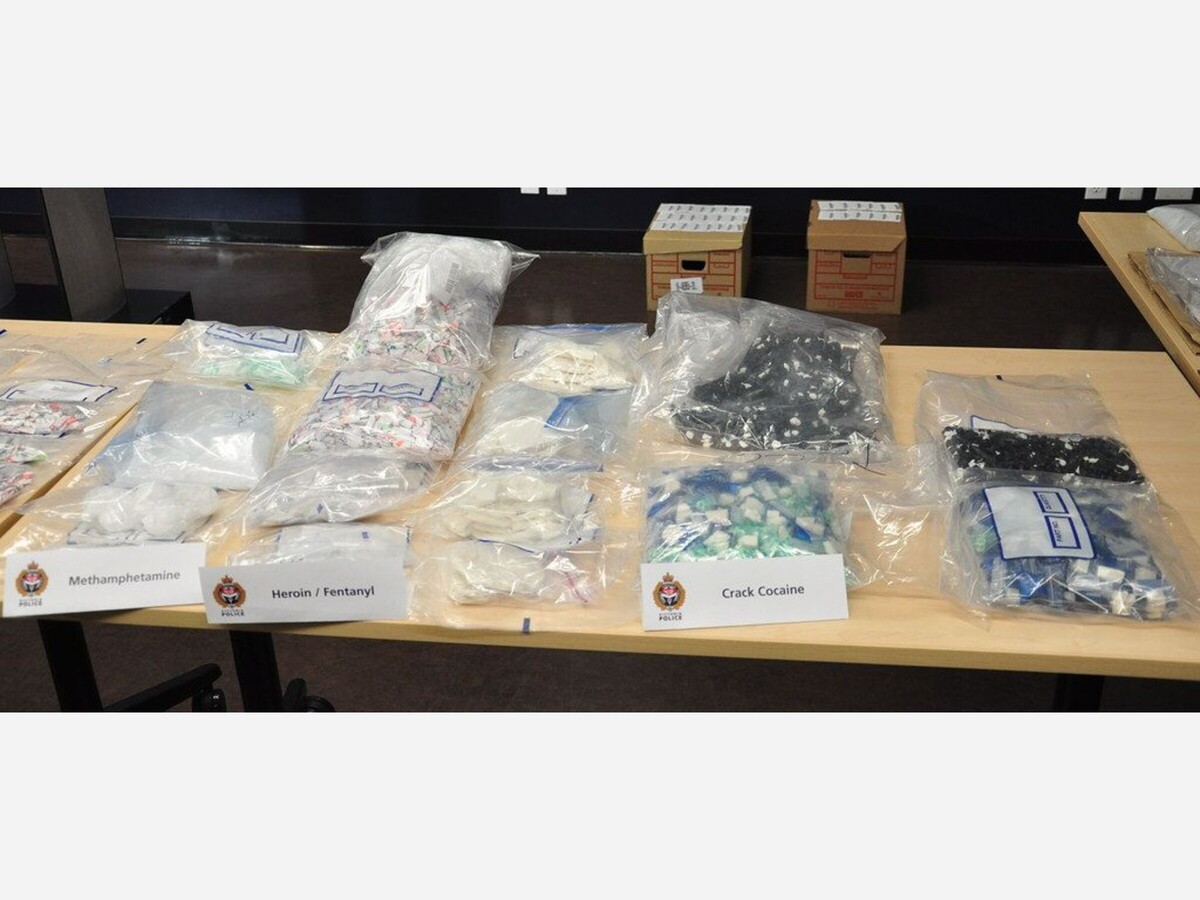Image


On November 15, 2021, a Connecticut Public Health Alert cited from the Connecticut Overdose Response Strategy and the Department of Health reported a “lab-confirmed” case of fentanyl-laced weed. However, there are many reasons to be skeptical of this report, and even more reasons to be warry of fearful drug information released by police.
There is a long history of law enforcement claiming drug dealers are lacing weed with fentanyl, but evidence for this has always been limited and anecdotal, used to justify an ongoing war on drugs.
The claim of a lab-confirmed case of fentanyl-laced weed is the first instance reported in the state of Connecticut and in the country. Cases of fentanyl-laced weed are extremely rare and largely a myth spread by police to bolster a war on drugs that law enforcement has a vested interest in.
Fentanyl can be a dangerous drug if used recreationally and irresponsibly as the drug is fifty times more potent than heroin. The problem, however, is police do not seize and test cannabis at the same rate as other drugs, and often reports on the dangers of laced weed are unfounded.
Between July and October of this year, there were thirty-nine reported cases in Connecticut where emergency personnel and/or police arrived at a scene where “only marijuana was reported but naloxone was required.”
These reports are also unreliable as they are often based on anecdotal evidence and observations from medics or police on the scene. Naloxone is utilized in a medical emergency more often than required. Often a person unresponsive from alcohol intoxication will be administered naloxone in fear of an overdose, but it is unnecessary and only bolsters inaccurate reports on the “drug epidemic.”
Reports on the recent Connecticut public health alert failed to specify how the seized marijuana was evaluated or provided detailed results. Moreover, it doesn’t make any sense to lace weed with fentanyl. There is skepticism over the effectiveness of fentanyl when smoked in weed, and questions by health care workers on whether fentanyl would be effective at all if smoked.
Cited reports of emergency responses to marijuana use are plagued by patients holding back accurate information from first responders. Often those who use fentanyl and weed will not offer that information to first responders, thus moving emergency personnel to assume the patient is only using marijuana. Therefore, naloxone use for “marijuana-only” cases is on the rise. The reality of this situation is far from what reports describe. There is not a risk for overdose with marijuana, and those patients who require naloxone for “marijuana-only” cases are likely not being completely honest with emergency responders in hopes of avoiding arrest.
Additionally, naloxone is often given to patients who do not require it, further driving up statistics on the “dangers of marijuana use.” Instead of relying on information from patients, responders should look for signs of overdose such as no breathing, turning blue, and being unresponsive to chest rubs.
Continually, traces of fentanyl in weed are more likely the case of accidental contamination by drug dealers than purposeful lacing. Despite this fact, police have continued to spread drug misinformation both purposefully and by mistake. Recently, at the Astroworld concert disaster, Houston Police Chief Troy Finner released a statement citing how an officer was pricked in the neck with a “drug needle” and passed out requiring naloxone treatment. Drug enforcement agencies and news organizations ran with this story but eventually had to retract those statements as the information was revealed to be untrue and misleading.
In August of this year, San Diego County Sheriff’s Department posted a video of an officer being revived with naloxone after “overdosing from exposure to fentanyl.” This statement was met with considerable skepticism from medical experts citing that it is impossible to overdose from skin contact or passive exposure to fentanyl.
Regardless, news organizations pick up these stories and run with it assuming legitimacy because the information is coming from the police. Fox Business Network recently ran a story where two teens overdosed on opioid-laced marijuana, but quickly retracted the story for a lack of evidence and logistical inconsistencies according to drug experts.
Politicians and police departments often cite the amount of fentanyl seized from illegal street operations noting the number of people it could potentially kill, but these claims are sensationalized fearmongering to fuel a war on drugs. Clare Zagorski, program coordinator at the Pharmacy Addictions Research and Medicine Program at the University of Texas at Austin says these reports are “not a meaningful thing to say but the public doesn’t know that, and it sounds terrifying.”
The worst impact of these illegitimate reports is the fact that the same week the Connecticut public health alert was released over 100,000 Americans overdosed on dangerous, unregulated, addictive drugs. Reports of marijuana laced with fentanyl or other drugs only pull attention and resources away from combatting the true drug problem in this country and in effect leave millions of Americans in more danger of an overdose.
Drug information and reports released from police are not reliable as, again, police have a vested interest in the continued war on drugs. If anything, reports of fentanyl-laced marijuana are an argument for legalization and regulation of drugs to prevent overdose deaths. Currently, studies are underway to identify the effectiveness of drug legalization on the reduction of drug overdoses.
Sources:
Chihuri, S., Li, G. State marijuana laws and opioid overdose mortality. Inj. Epidemiol. 6, 38 (2019). https://doi.org/10.1186/s40621-019-0213-z
Darke, S. and Farrell, M. (2014), Opioid legalization and overdose. Addiction, 109: 1237-1242. https://doi.org/10.1111/add.12456
Bachhuber MA, Saloner B, Cunningham CO, Barry CL. Medical Cannabis Laws and Opioid Analgesic Overdose Mortality in the United States, 1999-2010. JAMA Intern Med. 2014;174(10):1668–1673. doi:10.1001/jamainternmed.2014.4005